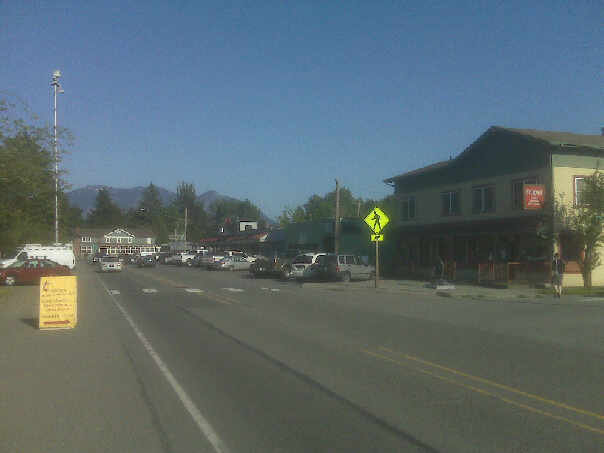By Aaron Miller-
A 3.8-magnitude earthquake awakened people near Fall City Tuesday morning, with several aftershocks afterward.
The initial quake at 3:17 a.m. was felt by a number of households in Fall City, Snoqualmie, Carnation, and North Bend.
Some slept through it without nightmares, but others were awaken by it.
There was a palpable level of fear and anxiety among the local population, with a number of people saying they had become more cautious about their surroundings and worried about potential future quakes.
The earthquake followed by several aftershocks, can have various impacts and implications, both immediate and longer-term. While a 3.8-magnitude earthquake is considered relatively minor in terms of its magnitude, its effects can still be felt by the local community and can trigger certain responses.
In an earthquake-prone region like Seattle, even a relatively small magnitude earthquake can cause minor structural damage to buildings and infrastructure. Cracks in walls, windows breaking, and minor foundation shifts can normally occur from such a quake, especially in older or less earthquake-resistant structures, but no damage has so far been reported.
Businesses, schools, and public services were not disrupted as a result of the quake.
Earthquakes can disrupt communication networks, causing issues with phone lines, internet connectivity, and even power outages. This could affect the ability to receive and disseminate information, potentially slowing down emergency response efforts.
The occurrence of aftershocks following the initial quake is common and can persist for days, weeks, or even months.
Small earthquakes like this can serve as reminders for communities to be more aware of their vulnerability to seismic activity and the importance of being prepared. It might prompt individuals and businesses to review and update their earthquake readiness plans and emergency supplies.
Seismologists and geologists are expected to use data collected from this earthquake and its aftershocks to better understand the local fault systems and how they behave. This information contributes to ongoing efforts to improve earthquake prediction and mitigation strategies.
Experiencing an earthquake, even a minor one, can foster a sense of community resilience. People might come together to support each other, share information, and collaborate on preparedness and recovery efforts.
The earthquake serves as a reminder that regions prone to seismic activity need to remain vigilant and prepared for larger, potentially more damaging earthquakes in the future. It highlights the importance of ongoing infrastructure maintenance, building codes that account for seismic risks, and public education about earthquake preparedness.




